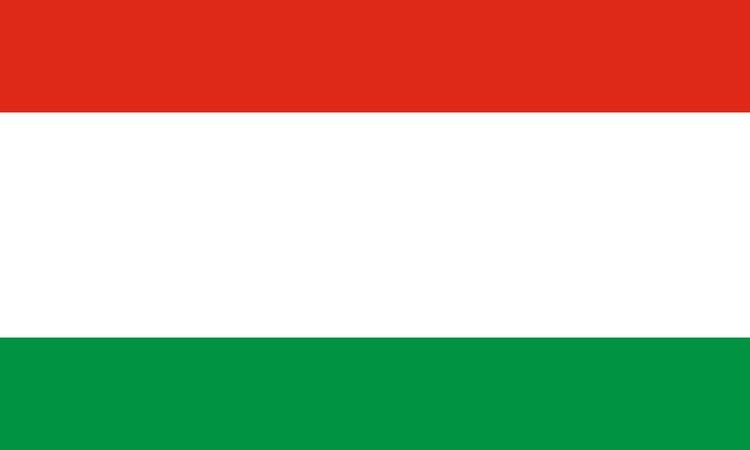China (PRC) 720,000[1] Thailand 100,000 United States 10,000 | Myanmar 150,000[2] Laos 15,000 Vietnam 9,651 (2009) | |
 | ||
The Lahu people (Chinese: 拉祜族; Lahu: Ladhulsi / Kawzhawd; Vietnamese: La Hủ) are an ethnic group of China and Mainland Southeast Asia.
Contents
Distribution
The Lahu are one of the 56 ethnic groups officially recognized by the People's Republic of China, where about 720,000 live in Yunnan province, mostly in Lancang Lahu Autonomous County. In Thailand, the Lahu are one of the six main groups categorized as hill tribes. The Tai often refer to them by the exonym Muso (Thai: มูเซอ), meaning 'hunter'. They are one of 54 ethnic groups in Vietnam, and mostly live in Lai Châu Province.
A few Lahu, along with the Hmong, Lao, and Mien were recruited by the United States Central Intelligence Agency to help fight against the communist Pathet Lao, known as the secret war, during the Laotian Civil War. In fear of retribution when the Pathet Lao took over the Laotian government in 1975, those who had helped the United States fled to neighboring Thailand seeking political asylum.
A couple thousand Lahu have resettled in the United States as refugees, in the states of California, Minnesota, North Carolina, Texas, and Utah. Most Lahu Americans live in Visalia, California, thus making Visalia home to the largest concentration of Lahu people outside of Asia.
Subgroups
The Lahu divide themselves into a number of subgroups, such as the Lahu Na (Black Lahu), Lahu Nyi (Red Lahu), Lahu Hpu (White Lahu), Lahu Shi (Yellow Lahu) and the Lahu Shehleh. Where a subgroup name refers to a color, it refers to the traditional color of their dress. These groups do not function as tribes or clans - there are no kin groups above that of the family. Lahu trace descent bilaterally, and typically practice matrilocal residence.
Bradley (1979) lists the following Lahu ethnic subgroups.
Language
The Lahu language is part of the Loloish branch of the Lolo–Burmese subgroup of the Tibeto-Burman family (itself a member of the Sino-Tibetan language family). Like most of its relatives, it is a strongly isolating language with subject–object–verb word order, and a set of numeral classifiers. There are seven tones, and consonants cannot close syllables. The language spoken by the Lahu Shi is notably divergent from that spoken by the other groups. In Thailand, Lahu Na often serves as a lingua franca among the various hill tribes. Written Lahu uses the Latin alphabet. Among Christian villages, the language has been enriched by loanwords from English, Latin and Greek via Bible translation, plus neologisms in the areas of hygiene, music and education.
Religion
The traditional Lahu religion is polytheistic. Buddhism was introduced in the late 17th century and became widespread. Many Lahu people in China are Buddhists. Christianity became established in Burma in the 19th century and has been spreading since.
The Lahu of Northeastern Thailand had encounters with Theravada Buddhist forest monks (tudong monks) around the years 1930-1940. The leader of such a group of monks, Mun Bhuridatta, spent some time in Lahu territory. These Lahu asked him for a "gatha that would protect them from ghosts and demons."
Names
Lahu people used to have just a given name, until the Chinese Government gave them surnames. About 90% of the Lahu people are either named Lee or Zhang, two of the most common Chinese surnames. Lahu given names are made of two syllables: one that shows the gender and one that gives information on the day of birth, based on the zodiac. For example, a person born on the Ox day will be named “Zanu” if he is a boy and “Nanu” if she is a girl.
